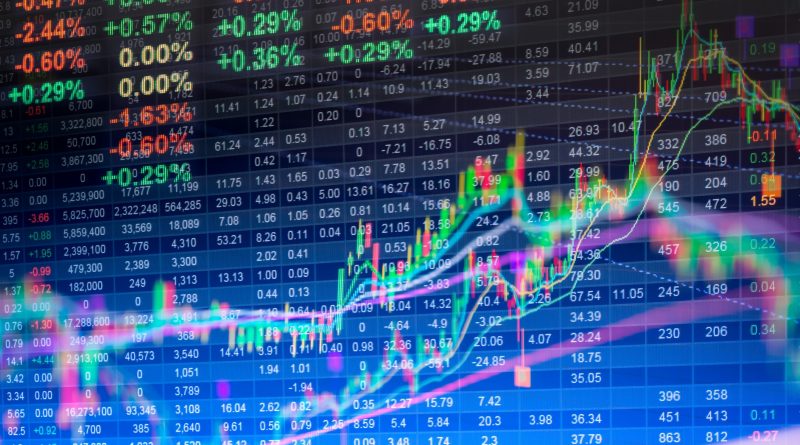Why the Stock Market is Sliding
Anthony Pizzonia
Trending Writer

It is fitting that in a year as uncharacteristic as 2020, the stock market has experienced unprecedented volatility. When Wall Street opened its doors on January 2nd, no broker could have predicted that the Dow Jones would plummet 10,000 points over the course of three months, a historic meltdown that culminated in a 37% drop from the all-time high of 29,569.58 achieved in February. Such a nosedive was largely because of the Dow’s performance on March 12th, a day that investors refer to as “Black Thursday” due to the market falling 2,300 points.
Given that every state in the United States was practically forced to shut down due to the coronavirus, this decline in economic production should come as little to no surprise. Unfortunately, the appropriate measures taken to save the lives of millions of Americans came at the cost of hurting the economy. This tradeoff hurt the bottom line of millions of small businesses, which, in turn, crippled the economy by leading to the layoff of millions of employees. According to the U.S. Bureau of Labor Statistics, the U.S. unemployment rate sat at 8.4% through the month of August. While this is a 6% drop from the year-high unemployment rate of 14.7% that was realized in April, this mark would still be the highest recorded rate of unemployment going into a presidential election in the history of our nation. All in all, the pandemic-induced lockdown laid waste to 22 million jobs and counting— a statistic that is currently rebounding, but it will take years to fully do so.
According to a poll conducted by Refinitiv Financial, economists predict that approximately 850,000 jobs were added in September, a number that, if accurate, would indicate a stark decline from the 1.4 million jobs added in the previous month and a far-cry from the millions of jobs added over the summer. Indicators of economic growth, such as retail sales and unemployment claims, have also followed this trend by stagnating recently after a surge in the spring months, according to the U.S. Commerce Department and U.S. Labor Department. This stagnation partially explains the stock market’s recent autumn slump after a midsummer boom. As companies began to open their doors in the summer and hopes of a stimulus package came to fruition in D.C., investors became increasingly optimistic about the ability of businesses to rally from an unprecedentedly low base. However, as the wave of post-lockdown economic progress inevitably stabilized, the stock market followed suit.
Recently, the economy, at a macroeconomic level, is mirroring the waning optimism from investors. In March and April, U.S. GDP fell 2.7% and 9.3%, respectively, eventually troughing in mid-April at a 12% loss from its pre-virus number according to a study conducted by Fitch Ratings. Overall, the economy shrank at a rate of 32.9% in a disastrous second quarter as millions of retailers and restaurants closed their doors to slow the spread of the virus. For perspective, this spring-time economic shock is four times greater than the worst quarter of the great recession.
Fortunately, U.S. GDP has nearly recouped all its coronavirus-induced losses, as GDP is back within 2% of its pre-virus level as of August. This comeback is largely in part due to a surge in GDP during the following weeks post lockdown, during which job creation was at a high and businesses were eagerly re-opening. However, GDP growth has since stagnated, a number that is reflected by microeconomic activity. As a result, analysts expect GDP growth to slow sharply throughout the rest of Q4.
While the stock market may have been trending upwards during the weeks following the economic lows realized in March and April, the economic progress that spurred this trend was ultimately not sustainable and such normalization is now presenting itself in the New York Stock Exchange.
Contact Anthony at pizzonan@shu.edu

